Report reveals whether Qualcomm's Snapdragon 5G modems are faster than Apple's new homegrown C1
A test run by Cellular Insights and paid for by Qualcomm shows the latter's 5G modem to be faster than Apple's new C1.

At the beginning of March, just after Apple released the iPhone 16e, a YouTube content creator compared Speedtest scores for the iPhone 16e and iPhone 16 Pro Max. The goal was to see which 5G modem was faster between Apple's new homegrown 5G modem, the C1, and the Qualcomm Snapdragon X75 5G modem. The latter is found inside the iPhone 16 Pro and iPhone 16 Pro Max (earlier reports incorrectly said Apple uses the Snapdragon X71 5G modem on those models) while the former chip is under the hood of the iPhone 16e.
Many criticized the above test, which showed the C1 modem to be 40% faster than Qualcomm's modem chip. Some noted that the results might have been influenced by the location of the test, which was in Toronto, Canada. There are 5G towers all over the city and some complained that in another location where 5G towers are harder to come by, the results might have been reversed.
Qualcomm decided to pay Cellular Insights Inc. to run a test and the San Diego based chip designer turned over the results to Bloomberg. This test showed that in New York City, Apple's C1 was not as fast downloading and uploading data than Android phones running Qualcomm's Snapdragon 5G modems.
The report from Cellular Insights included some faint praise for the C1 modem chip stating that Apple's 5G modem showed adequate performance under optimal conditions. But the report went on to say that the C1 falls short in "the very scenarios where next-generation modems are expected to excel.
The data showed that two similarly priced Android phones using Qualcomm components downloaded data up to 35% faster than Apple's C1 and up to 91% faster when measuring upload speeds. The Qualcomm 5G modems showed faster comparisons with the C1 when the networks used were busy or the phones were moved farther away from the cell towers. Cellular Insight's report also said that the C1-equipped iPhone 16e became "noticeably hot to touch and exhibited aggressive screen dimming within just two-minute test intervals."
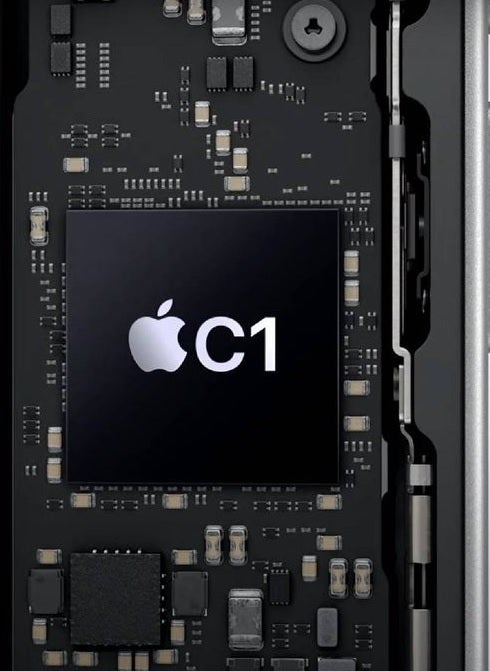
The Apple C1 modem debuted on the iPhone 16e. | Image credit-Apple
One difference between Apple and Qualcomm's 5G modems is that the C1 does not support high-band millimeter wave signals which deliver the fastest 5G download and upload speeds. However, because they don't travel far, and aren't deployed in many locations, 5G mmWave signals are hard to find and U.S. carriers tend to use mid-band airwaves for the majority of their 5G connections. Apple plans to add mmWave support with its C2 modem which is expected to debut in 2026's iPhone 18 Pro and iPhone 18 Pro Max.
"For users operating in dense urban, indoor or uplink-intensive environments, the benefits of better 5G performance in the Android smartphones is not just theoretical — it is quantifiable, repeatable and operationally significant."
-Cellular Insights
Apple eventually plans to use its homegrown 5G modem chip on all iPhone models which will take a chunk out of Qualcomm's revenues. Approximately 20% of the company's revenue came from Apple so based on last year's nearly $40 billion gross, Qualcomm could be on the verge of seeing $8 billion disappear from its top line. The company already has told investors to expect to see its revenue from the sale of modems to Apple drop to $0 but also said that it will move into other lines of business to recoup the loss in sales.
Follow us on Google News





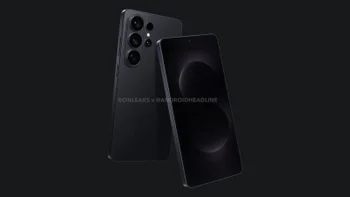



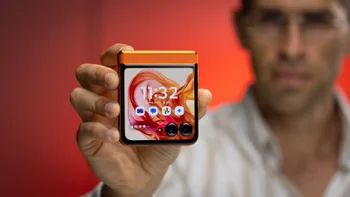
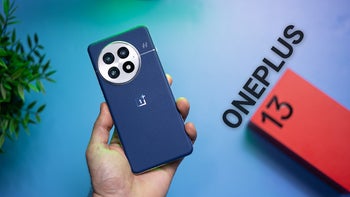
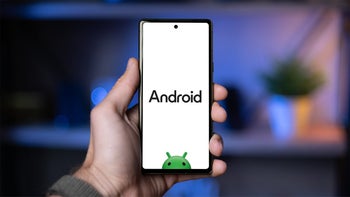
Things that are NOT allowed:
To help keep our community safe and free from spam, we apply temporary limits to newly created accounts: